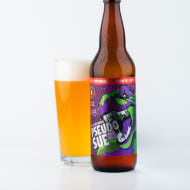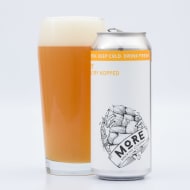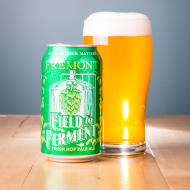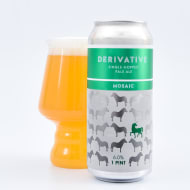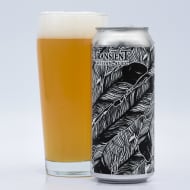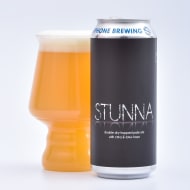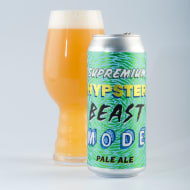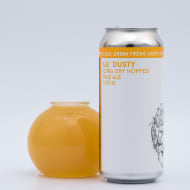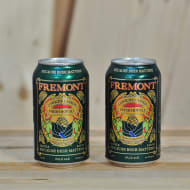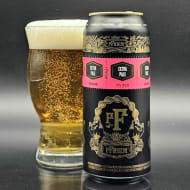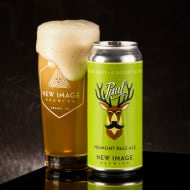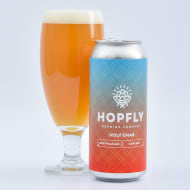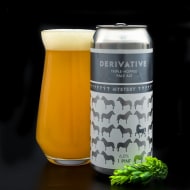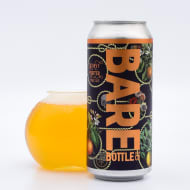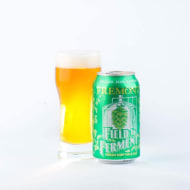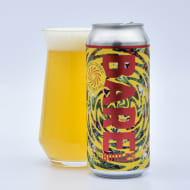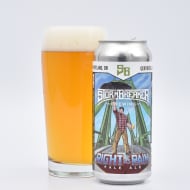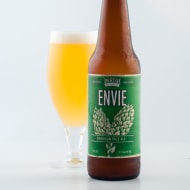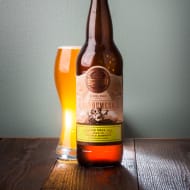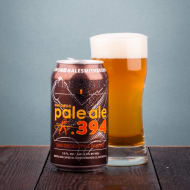American Pale Ale
About This Style
American Pale Ale is the style that jump-started American craft. Period. During the late 1970s and early 1980s, when independent U.S. breweries began popping up, the Pale Ale reigned supreme. It was different enough to distinguish craft brewers from their Lager-making macro counterparts, but not so different as to alienate American beer drinkers.
Of course, those pioneering breweries didn’t want to just recreate an English-style, they wanted something all their own. Fortunately, Cascade Hops had just burst onto the scene after being developed by Oregon State University. Early American Pale Ales from the likes of Sierra Nevada and Deschutes heavily featured the fruitier, more flavorful hop, and many still do today.
More recently, Pale Ales have proven a versatile canvas on which to paint a wide variety of flavors. As hop growers develop ever-fruitier cones, brewers have used the clean, balanced, slightly malty Pale Ale to show off those new-school tastes.
Aroma: Berry, pine, citrus, and stone fruit often dominate the nose, but some malty sweetness and bread-like notes should be present as well.
Appearance: Generally clear bodied, with a pale yellow to dark golden color. In recent years, many brewers have embraced an unfiltered, hazy look in their Pale Ales.
Flavor: The flavor follows the nose, with bold hops balanced against a touch of malty sweetness and some bready character. Things shouldn’t swing too malty though — Pales rarely display flavors like caramel or date, and when they do it should be quite subdued.
Mouthfeel: Medium bodied with a crisp, clean finish that invites another sip. American Pale Ale is a shelf-staple style built for easy drinking, and brews are typically approachable and fairly sessionable.
Of course, those pioneering breweries didn’t want to just recreate an English-style, they wanted something all their own. Fortunately, Cascade Hops had just burst onto the scene after being developed by Oregon State University. Early American Pale Ales from the likes of Sierra Nevada and Deschutes heavily featured the fruitier, more flavorful hop, and many still do today.
More recently, Pale Ales have proven a versatile canvas on which to paint a wide variety of flavors. As hop growers develop ever-fruitier cones, brewers have used the clean, balanced, slightly malty Pale Ale to show off those new-school tastes.
Aroma: Berry, pine, citrus, and stone fruit often dominate the nose, but some malty sweetness and bread-like notes should be present as well.
Appearance: Generally clear bodied, with a pale yellow to dark golden color. In recent years, many brewers have embraced an unfiltered, hazy look in their Pale Ales.
Flavor: The flavor follows the nose, with bold hops balanced against a touch of malty sweetness and some bready character. Things shouldn’t swing too malty though — Pales rarely display flavors like caramel or date, and when they do it should be quite subdued.
Mouthfeel: Medium bodied with a crisp, clean finish that invites another sip. American Pale Ale is a shelf-staple style built for easy drinking, and brews are typically approachable and fairly sessionable.
Find and rate beers like this on the Tavour app!
Popular Beers

7. Pale From The Crypt
4.08
Liquid Gravity Brewing Company
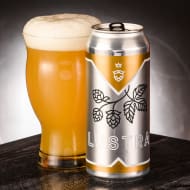
12. Lustra
4.01
Dancing Gnome
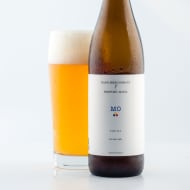
13. MO
4.0
Maine Beer Company

28. Dank Meme
3.87
Triptych Brewing

45. Charlatan
3.72
Maplewood Brewing Company

